Titanium Alloy Welding

The first practical titanium alloy is the successful development of Ti-6Al-4V alloy in the United States in 1954, because of its heat resistance, strength, plasticity, toughness, formability, weld ability, corrosion resistance and biocompatibility are good, and become the ace alloy in the titanium alloy industry, the alloy usage has accounted for 75% ~ 85% of all titanium alloy. Many other titanium alloys can be seen as modifications of Ti-6Al-4V alloys.
In the 1950s and 1960s, it mainly developed high temperature titanium alloy for aero-engine and structural titanium alloy for body. In the 1970s, a batch of corrosion resistant titanium alloy was developed. Since the 1980s, corrosion resistant titanium alloy and high strength titanium alloy were further developed. The service temperature of heat-resistant titanium alloy has increased from 400℃ in the 1950s to 600 ~ 650℃ in the 1990s.


The appearance of A2(Ti3Al) and r (TiAl) base alloys makes titanium in the engine from the cold end of the engine (fan and compressor) to the hot end of the engine (turbine) direction. Structural titanium alloys develop towards high strength, high plastic, high strength, high toughness, high modulus and high damage tolerance. In addition, shape memory alloys such as Ti-Ni, Ti-Ni-Fe and Ti-Ni-Nb have been developed since the 1970s and are increasingly widely used in engineering.
At present, hundreds of titanium alloys have been developed in the world, with 20 to 30 of the most famous alloys, Such as Ti-6Al-4V, Ti-5Al-2.5Sn, Ti-2Al-2.5Zr, Ti-32Mo, Ti-Mo-Ni, Ti-Pd, SP-700, Ti-6242, Ti-10-5-3, Ti-1023, BT9, BT20, IMI829, IMI834, etc.Titanium is an isomer, melting point is 1668℃, below 882℃ in the dense hexagonal lattice structure, called αtitanium; Above 882℃, the body-centered cubic lattice structure is called β-titanium.

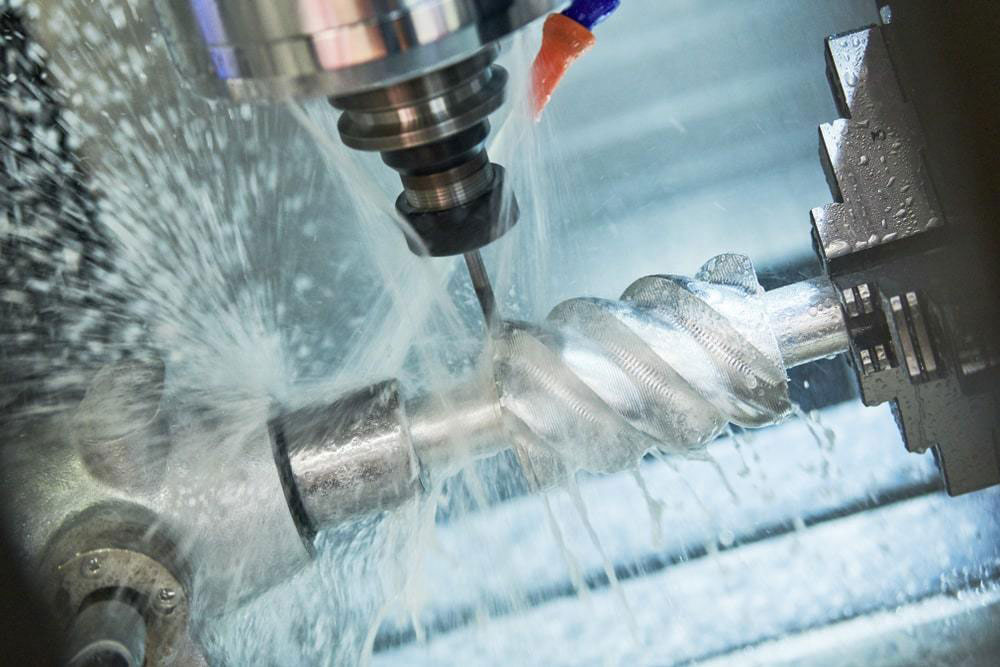
Based on the different characteristics of the above two structures of titanium, appropriate alloying elements were added to make the phase transformation temperature and phase fraction content of titanium alloys change gradually to obtain titanium alloys with different tissues. At room temperature, titanium alloy has three kinds of matrix structure, titanium alloy is divided into the following three categories: α alloy,(α+β) alloy and β alloy. China is represented by TA, TC and TB. It is a single phase alloy composed of α-phase solid solution, whether at general temperature or at high practical application temperature, are α phase, stable structure, wear resistance is higher than pure titanium, strong oxidation resistance. Under the temperature of 500℃ ~ 600℃, its strength and creep resistance are still maintained, but it cannot be strengthened by heat treatment, and its strength at room temperature is not high.



Send your message to us:
-

Aluminum CNC Machining Parts
-
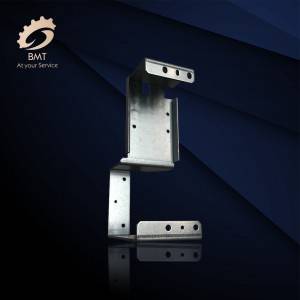
Aluminum Sheet Metal Fabrication
-
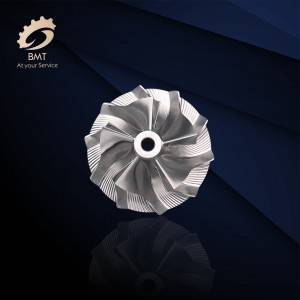
Axis High Precision CNC Machining Parts
-
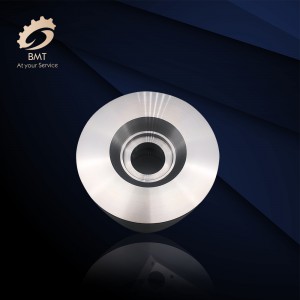
CNC Machined Parts for Italy
-

CNC Machining Aluminum Parts
-
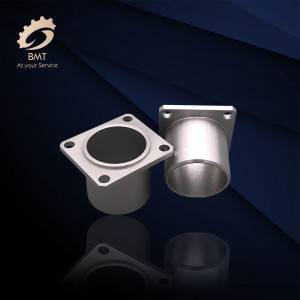
Auto Parts Machining
-

Titanium Alloy Forgings
-

Titanium and Titanium Alloy Fittings
-

Titanium and Titanium Alloy Forgings
-

Titanium and Titanium Alloy Wires
-

Titanium Bars
-
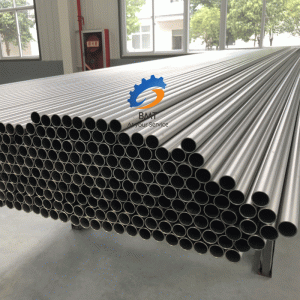
Titanium Seamless Pipes/Tubes
-

Titanium Welded Pipes/Tubes









